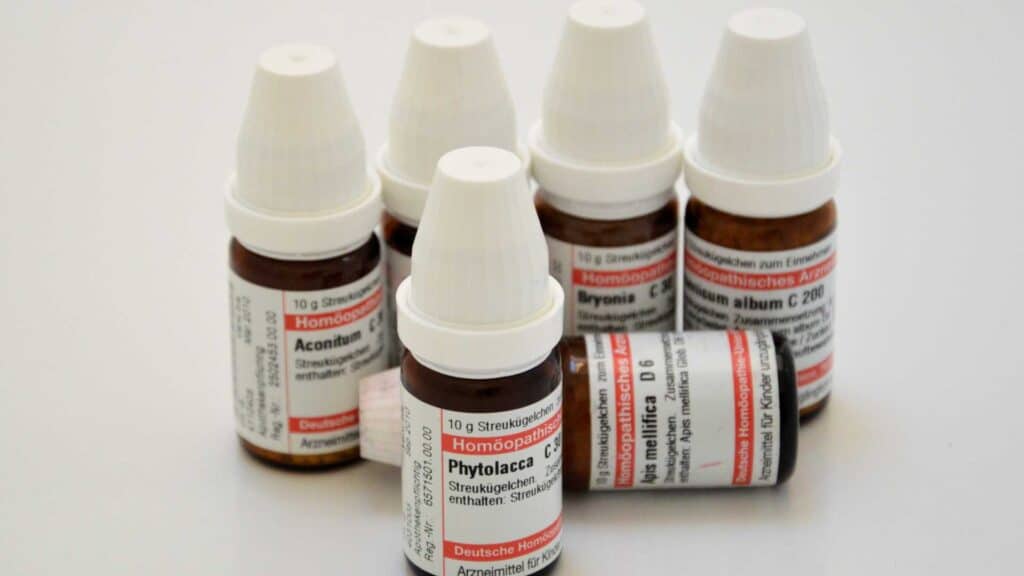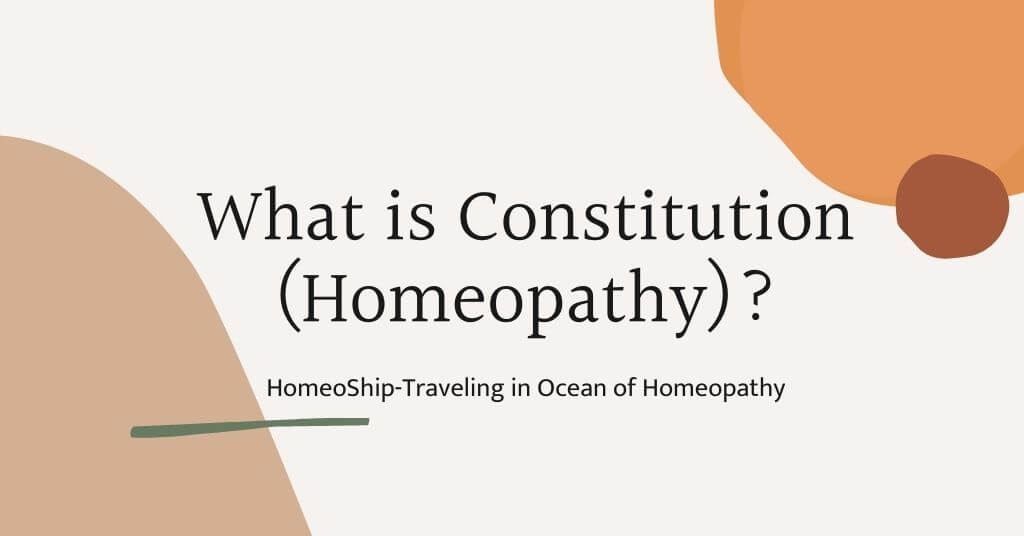When discussing the treatment of one-sided diseases or certain other cases in homeopathy, the concept of Partial Simillimum Medicine may arise, prompting curiosity about its meaning and efficacy in bringing about a complete cure. Partial Simillimum Medicine refers to a remedy that closely matches some, but not all, of the symptoms presented by the patient, so technically it can’t cure the patient. While it may seem counterintuitive to administer a remedy that only partially corresponds to the patient’s symptoms, there are several factors to consider regarding its potential effectiveness.
After thorough case-taking, the selection of the perfect homeopathic remedy, known as Similia, can often prove challenging in multiple cases. There are several reasons why this difficulty arises:
Lack of Well-Proven Remedies: Our materia medica may lack a sufficient number of well-proven remedies. Following the pioneering work in homeopathy, subsequent medicines may not have been adequately proven to produce pathogenetic effects across the entire body. This deficiency in proven remedies limits the options available to the homeopath.

Patient Inability or Modesty: Patients may struggle to articulate their symptoms adequately due to factors such as shyness or modesty. As a result, crucial symptoms may be overlooked or not fully described, leading to an incomplete understanding of the case.
Due to these challenges, physicians may find themselves managing cases with partially similar or imperfectly homeopathic remedies. It requires careful consideration and flexibility on the part of the homeopath to navigate such situations and strive for the best possible outcome for the patient.
In addressing such chronic cases, where finding a perfectly homeopathic remedy proves challenging, these approaches can be considered:
The number of well-proven medicines in our materia medica is indeed limited, and the full extent of the pathogenetic power of many medicinal substances remains unclear. Consequently, it is common for homeopaths to encounter challenges in finding a perfectly homeopathic remedy for a patient. In such situations, where an exact match is elusive, homeopaths may need to resort to using a partially indicated remedy to address the patient’s condition effectively (§162).
When such an imperfect homeopathic remedy is administered, we cannot expect an undisturbed perfect cure for the first grade. The prescribed remedy will produce some new symptoms in the patient, which are not similar to the condition. Such “new symptoms” that are produced after administering the imperfect homeopathic remedy are called as “accessory symptoms of the medicine”. The severity of such accessory symptoms can be controlled to moderate if the physician uses minute and dynamised doses of medicines.
Even by the administration of an imperfect homeopathic remedy, the cure can be achieved without much disturbance. This is only possible if the selected remedy covers the uncommon, peculiar, distinctive (characteristic) symptoms of the disease condition. This is because even this single symptom is complete with its location, sensation, modality and concomitants will constitute the individuality of the patient.
In contrast, if symptoms covered by the imperfect homeopathic remedy are general in nature like nausea, debility, headache etc, then the physician cannot assure him of getting a cure. This is because the medicine does not cover the peculiar features of the patient. Such cases will be reducing as more well-proven remedies are being introduced into our materia medica. But in such cases, a physician has to re-case taking and select a new remedy which is covering the picture of the patient and attempts to assess the peculiar symptoms, and it has to be re-done till the cure is not established.
Management of acute cases with imperfectly chosen homeopathic remedies
In acute diseases, when an imperfect homeopathic remedy is administered, sometimes a few violent types of accessory symptoms of medicines may arise. In such cases, the physician should not wait for the disappearance of symptoms on their own. Instead, he will take a fresh case of the present condition and collect the entire totality. This entire totality includes not only the remaining disease symptoms of the patient but also the newly produced symptoms of the medicine.
This second remedy administered afresh sometimes can cure the case. If not, it will bring the case close to cure. Then the existing totality has to be collected once again and the suitable remedy has to be administered. This process of investigating and administering the remedy has to be followed till the patient is cured.
In some cases of diseases, it seems that two remedies are seemingly similar to the same patient’s picture. One remedy seems to cover one part of the symptoms and the other remedy to the other. In such a condition, it is not at all advisable to administer two remedies at a time in the same patient. The most perfectly suitable remedy among the two has to be given to the patient. Once the curative process of the first remedy is over, the previously selected second remedy cannot be administered. This is because the symptom picture may have changed in the patient with the administration of the first remedy. The current totality may demand a new remedy this time. So, it is always required to take the case again and get the fresh totality.If the remaining symptoms still demand the previously selected second remedy, it can be prescribed with confidence.
Let’s see, the management of non-venereal disease (psoric) with an imperfectly selected homeopathic remedy. The majority of psoric cases cannot be cured by the administration of a single remedy alone. This is because of the nature of their indefinite and chronic nature. Such cases require several medicines in succession. That is one medicine has to be administered after the other one has completed its course. This repetition can be done based on the totality of symptoms that remain after the previous one has exhausted its action. Always as a rule, the selection of the new remedy has to be made based on the new totality only.
In conclusion, while Partial Simillimum Medicines may not address all of a patient’s symptoms, they can still offer symptomatic relief and lead the way to cure. Individualization and careful case management are key to optimizing treatment outcomes. For more insights and information, feel free to follow us on social media. If you have any doubts or questions, please don’t hesitate to comment below. Your feedback is valued as we strive to provide better content on homeopathy.

